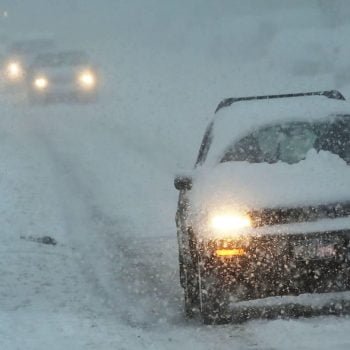What is Gap Insurance?
Gap insurance is designed to cover the financial ‘gap’ between the amount you owe on a loan or lease and the actual cash value (ACV) of your vehicle. This type of insurance is usually optional, though some lenders might require it. The core question is whether you actually need gap insurance in the first place.

Why Cars Depreciate Quickly
We all know that cars depreciate, especially in the first three years. After driving off the dealership lot, your vehicle can lose around 20% of its value within the first year. After three years, this depreciation can rise to about 40% or more, depending on the make and model. Making a small down payment on a loan or lease can also work against you, as you could owe more than the ACV of the vehicle during the initial years of ownership.
Determining Your Car’s Value
Before delving further into the details of gap insurance, it’s important to understand how a vehicle’s value is determined. The valuation typically involves factors like a car’s age, mileage, and overall condition. Ensure to clarify whether the value is based on a dealer or private-party price, as the latter is generally higher. If the ACV seems lower than expected, don’t hesitate to ask questions and research multiple sources to get an accurate estimate.
Dealerships vs. Insurance Companies
Dealerships often offer gap insurance as an annual flat fee, integrated into monthly payments, which can cost hundreds of dollars. In contrast, going through an insurance provider might be a more cost-effective route, as the extra charge should be only tens of dollars per year when added to a collision and comprehensive policy. Some lenders also provide a gap waiver, eliminating the need for separate gap insurance. Always explore costs from various sources, including dealerships, lenders, and insurance companies, and read the fine print carefully.
Who Needs Gap Insurance?
The average new-vehicle loan currently spans nearly six years, meaning you could be ‘upside down’—owing more than the car’s worth—for three or four years. However, gap insurance may not always be necessary. A larger down payment, trading in a high-value vehicle, or keeping the loan or lease shorter, say three to five years, can ensure the car’s cash value generally equals or exceeds what’s still owed. Always consider the vehicle’s deductible, as this can influence whether gap insurance is beneficial.
Finally, when shopping for a new car, check its resale value track record. Do some online research to see the prices of 3-5-year-old models to make an informed decision.

